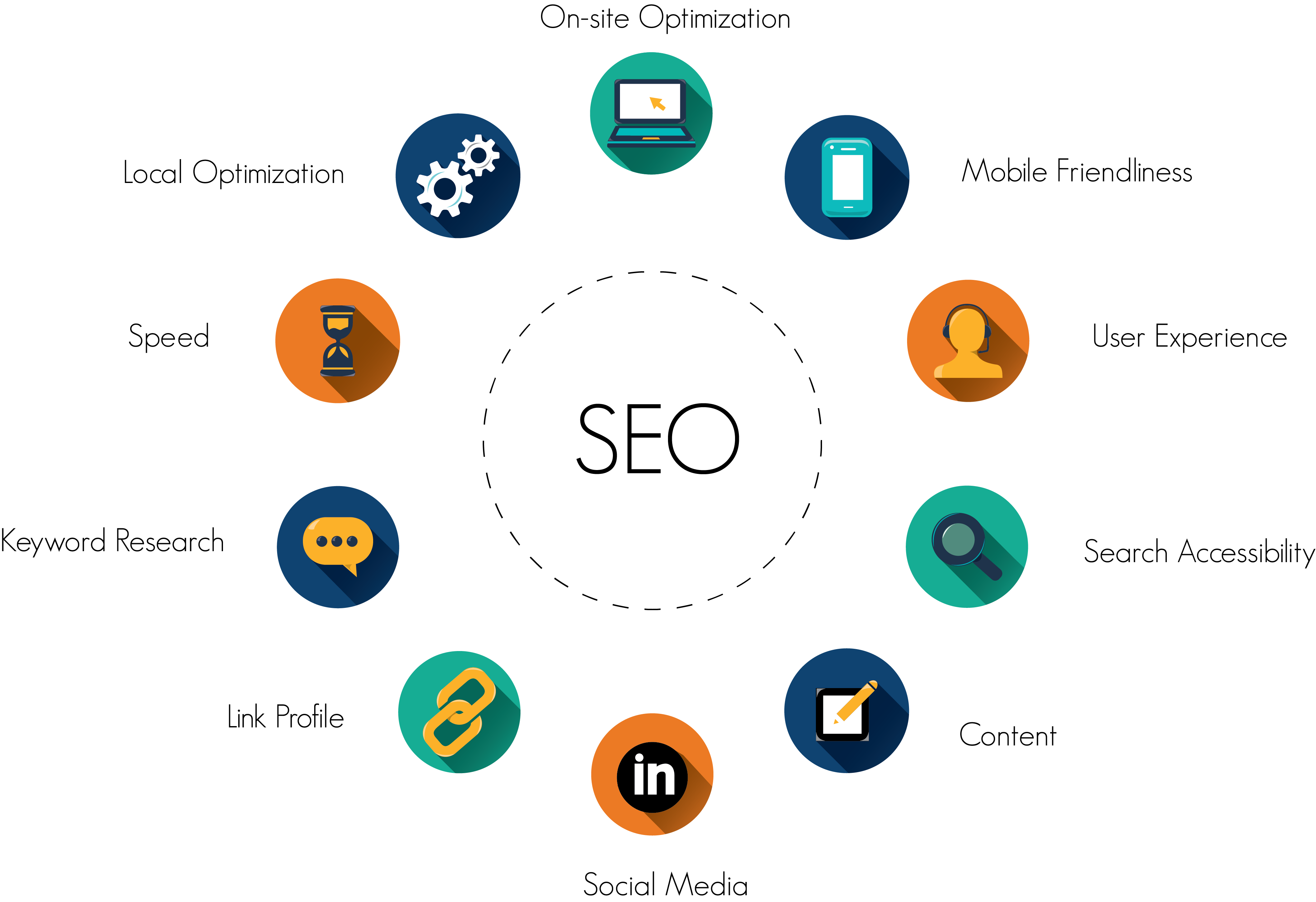
You can find these in the Search Keywords panel.
Current keywords - If your site is already established, you may want to keep keywords that are already performing well. Relevance - Avoid keywords that don't relate to your site or have very low search volume. A good place to start is the Google Ads Keyword Planner. While you may want to try for a couple of difficult keywords, it's smart to mix in keywords that are easier to rank for as well. Difficulty - A keyword's "difficulty" is a combination of how broad it is, how often people search for it, and how many other websites are trying to rank for it. Relevant to your site and can be used to create valuable content and a great visitor experience. Specific enough that you could potentially rank in the first page of search results.  Broad enough that people will search for them. Usually, you're looking for keywords that are: Use the list that you created in Step 1 to figure out which keywords to prioritize. Visit Site Search Keywords Analytics to find what visitors are searching for on your site. Visit your Search Keywords panel to find which keywords are already driving traffic to your site. If your site is already established, use these built-in tools to find the keywords your visitors already use: Add these to the list if they relate to your site. Related words - Type the words you've come up with in Google, and review the related searches it suggests. For example, 4th of July, Fourth of July, July 4th, July 4, and July Fourth are all different keywords. Synonyms - Think of different ways of saying any of the keywords on your list.
Broad enough that people will search for them. Usually, you're looking for keywords that are: Use the list that you created in Step 1 to figure out which keywords to prioritize. Visit Site Search Keywords Analytics to find what visitors are searching for on your site. Visit your Search Keywords panel to find which keywords are already driving traffic to your site. If your site is already established, use these built-in tools to find the keywords your visitors already use: Add these to the list if they relate to your site. Related words - Type the words you've come up with in Google, and review the related searches it suggests. For example, 4th of July, Fourth of July, July 4th, July 4, and July Fourth are all different keywords. Synonyms - Think of different ways of saying any of the keywords on your list. 
What words do they use? What words do they avoid? What words do you search for when looking for their sites?
Competitors - Take a look at your competitors' websites. Your brand - List words that describe what your site and brand is about, like your company name, your industry, and your specialties. Even if you don't sell items, your product is whatever someone receives by visiting your site, like information about parrots. Your product - List each of your products or services, and add multiple words that describe it. What do they want? What problems do they have? It might help to ask other people, like friends or coworkers, what they'd enter in search engines if looking for your content or services. Target audience - Think about the type of person you want to attract to your site. Don't hold back at this stage you'll refine the list in the next step. 
To start, create a list of keywords people might be searching for to find sites like yours. These target more specific search queries, and may be easier to rank for.
Long-tail - These are more descriptive, multi-word search terms, like engagement photography nyc, red women's shoes, and glazed ceramic vases. These target a wide audience, and are usually more difficult to rank for. Head - Shorter keywords with a larger search volume, such as photographer, shoes, and ceramics. Tip: When creating a keyword strategy for your site, keep in mind our keyword best practices. This guide offers tips for making and refining a list of keywords to highlight in your site's content. Using those keywords strategically helps search engines find your site as relevant to the people looking for those search terms. 
To rank well in search results, it's important to include keywords (text) on your site that match the search terms people use to find sites like yours. While Squarespace has many built-in features that optimize your site for search engines, the words you use in your site content have a big impact on how well people can find you online.








 0 kommentar(er)
0 kommentar(er)
